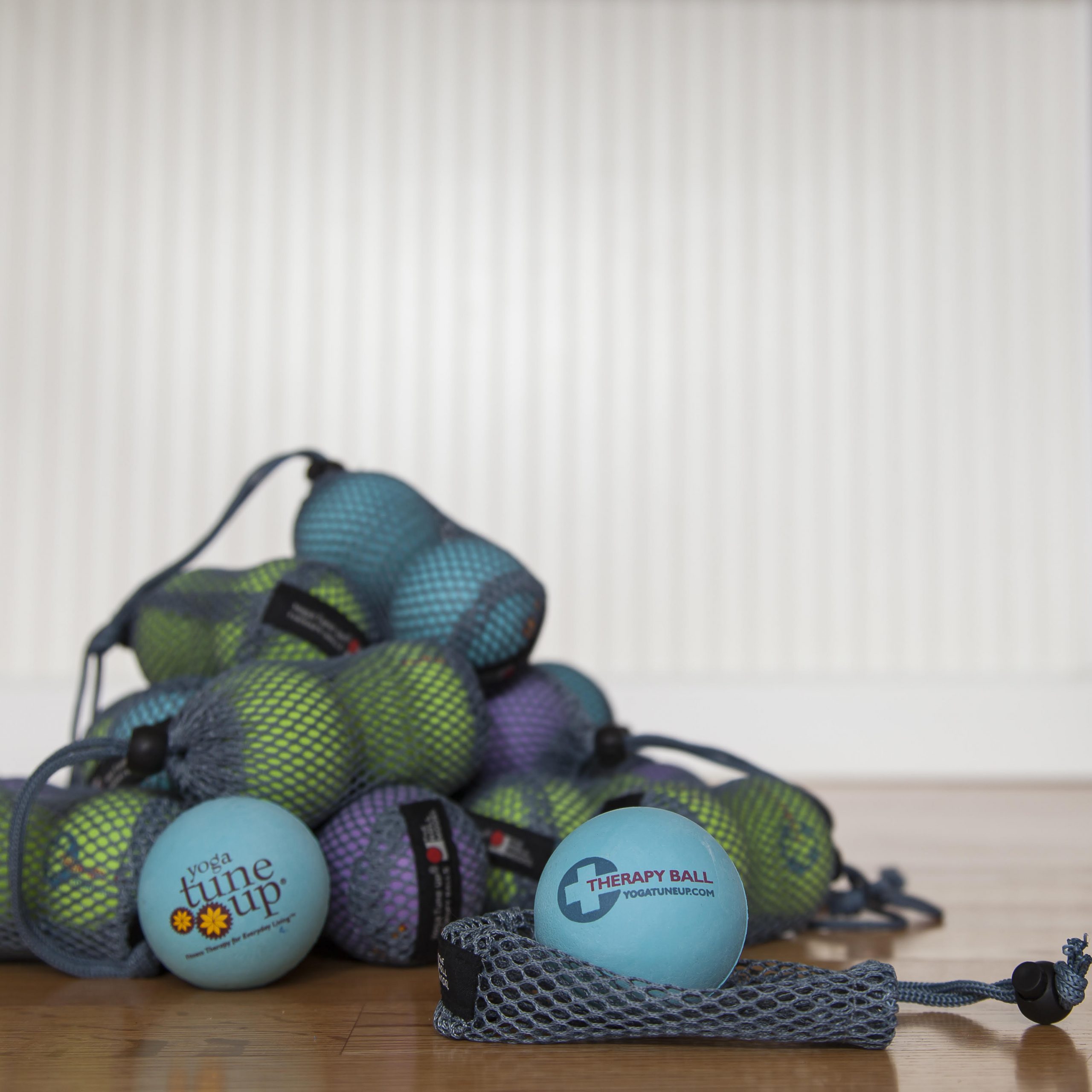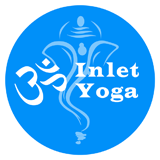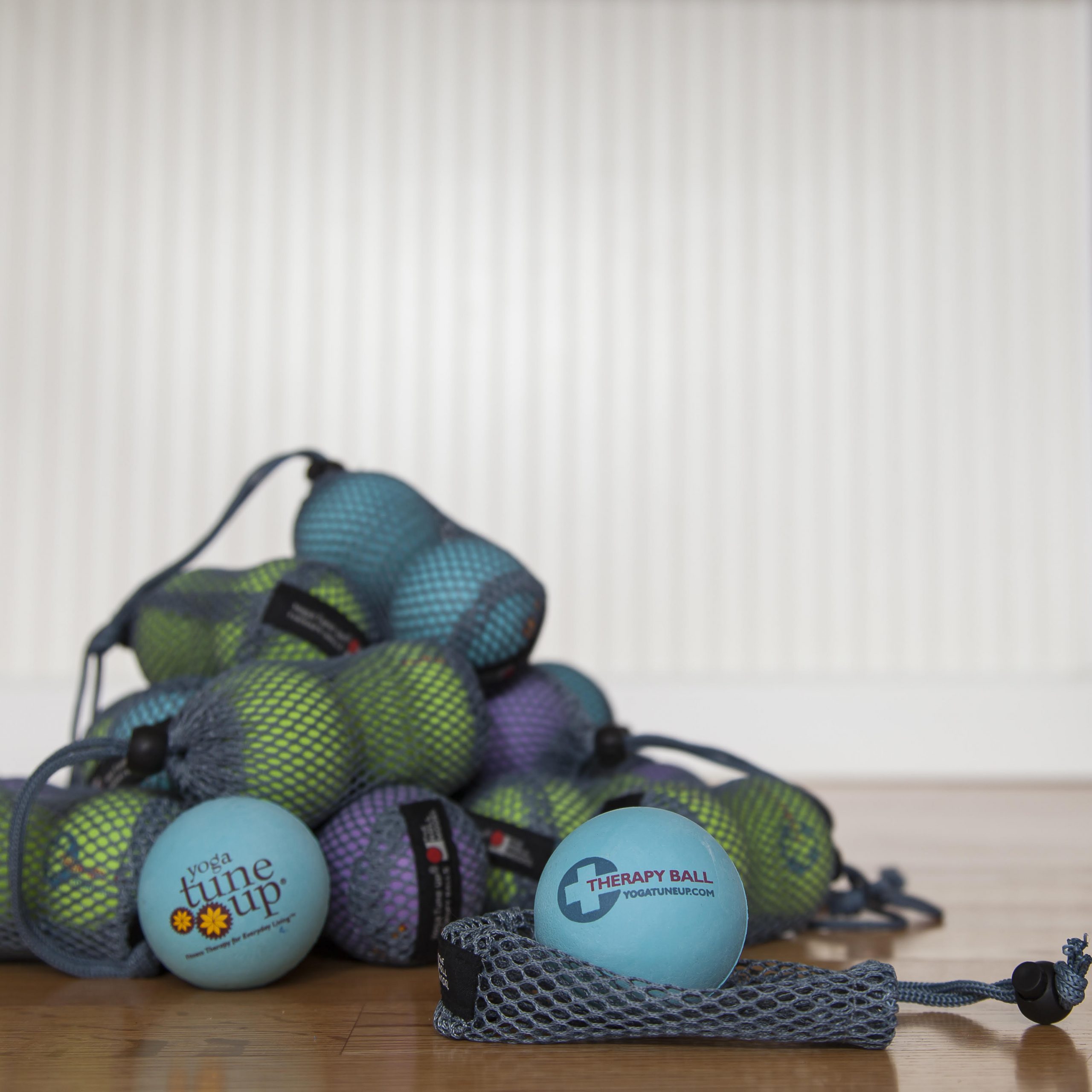Have you ever been in a movement class and either said or thought “I don’t feel  anything” or “Where am I supposed to feel this?”
anything” or “Where am I supposed to feel this?”
As a teacher I hear this all the time. My response is generally that not every BODY is going to experience every movement in the same way – and that is perfectly normal and perfectly fine. Things don’t have to hurt to make an impact. Pain is the result of our nervous system shouting at our brain. Why do we think we need our nervous system to shout at us, when really a whisper may be enough?
What I would like to propose to you is that perhaps we need to listen a little more closely to our bodies. Maybe, instead of waiting for them to shout at us, we should listen to the whispers and murmurs that they offer us. Is there a slight sensation in your low back when you drop your chin to your chest? When you reach your arms overhead, do you feel a lifting in your side waist? When you pull your front ribs in is there a slight expansion in the back of your rib cage? Every time you move a part of your body, there is a repercussion, an echo, a response in another part. That response does not have to be loud, it can be soft and gentle. We often think of our bodies as a compilation of many pieces, but what is most important is how deeply connected and how intertwined our pieces are. One way we are connected is through our fascia. Fascia is the connective tissue that serves as the scaffolding for our bodies. One of my teacher’s, Jill Miller, describes it as the “aqueous knitting fabric that interconnects you to yourself.” Working with our fascia is a great way to offer release and relief to tight tissues, it’s also a great way to be more connected and in tune with our bodies. Understanding how connected we are will help us learn how to listen better, to hear the whispers, the murmurs, the important truths that our bodies need us to know about how we function and move. If we can tune in to these quiet messages we can avoid having our bodies shout at us. We can learn to know when we have had enough, when we need to back off, to rest and to restore. If you’d like to learn more about how to listen more closely to the messages our bodies are sending us, join me for my upcoming live stream series; The Roll Model Method® Tip-to-Toe Self Care via Inlet Yoga. It starts on Tuesday, May 19th– go to www.inletyoga.com under the workshop tab for all the details.
About Allison:
Allison’s goal in teaching is for people to have a better understanding and awareness of their bodies and to joyfully accept and celebrate who they are. Through a blended approach of learning and playing, she strives to balance information and fun in all of her classes – inviting folks to enjoy their yoga practice and transform their lives.
A yoga practitioner since the mid-90s, Allison began teaching in 2009. She completed both her 200 & 500-hour Teacher Trainings at DIG Yoga in Lambertville, NJ, and is registered with The Yoga Alliance as both an E-RYT 200 & 500-hour instructor and as a Continuing Education Provider. While Allison began teaching from an Alignment-based perspective (within the Anusara school) her approach has shifted to a focus on embodied movement. Her emphasis tends to be one that combines a balance of both stretching and strengthening – with a passion for anatomy and therapeutics. Allison is also a certified instructor in Yoga Tune Up®, The Roll Model Method®, and Yoga For All®. In addition to her teacher trainings Allison has studied with notable movement educators such as Tom Myers, Jules Mitchell, Jillian Pranksy, Leslie Kaminoff, and Jenny Otto.
Offerings by Allison include a range of Hatha Yoga classes in addition to classes and workshops that focus on self-massage and myofascial release. She has demonstrated her teaching capabilities at a variety of studios on the Jersey Shore.


